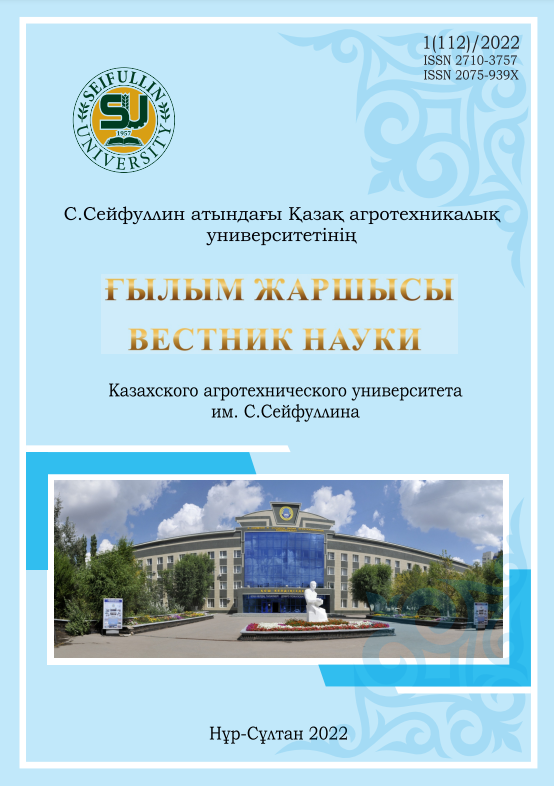GENETIC DIVERSITY OF B. MELITENSIS STRAINS ISOLATED IN THE ZHAMBYL PROVINCE OF KAZAKHSTAN DURING 2016-2019
DOI:
https://doi.org/10.51452/kazatu.2022.1(112).943Keywords:
Brucella melitensis; genotyping; MLVA; Kazakhstan; cluster analysis.Abstract
Brucellosis is a dangerous zoonotic infection which also infects humans. Brucellosis-causing pathogen is prevalent throughout the world and causes damage to animal husbandry and public health. Genetic typing methods have become an integral component of the epidemiological/epidemiological surveillance to track the spread of the brucellosis pathogen, because genetic methods allow identifying circulating strains by their unique characteristics. The positive effect of the use of highly discriminatory genotyping methods was demonstrated on various samples of pathogen’s isolates. However, genetic diversity can change over time, and data on the temporal dynamics of the genetic diversity are of interest to study pathogen evolution. In this study, we performed MLVA16 genotyping of B. melitensis strains isolated in 2016 and 2019 in the Zhambyl province of Kazakhstan. The results obtained indicate a significant population dynamics of the pathogen, because only 19% of the strains from 2016 had homoplastic analogues among the strains from 2019. Expanding the sample size and observation time are needed to discern reliable picture of the population dynamics and changes in genetic diversity of Brucella strains.

